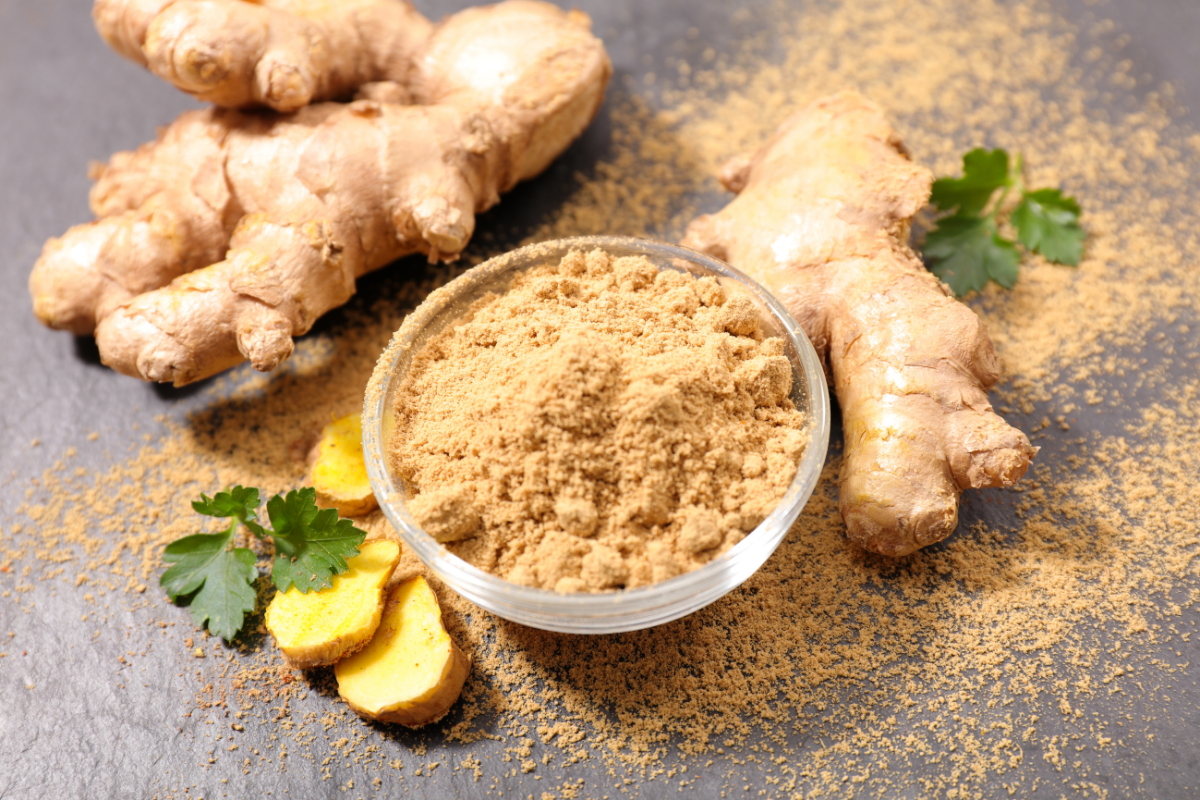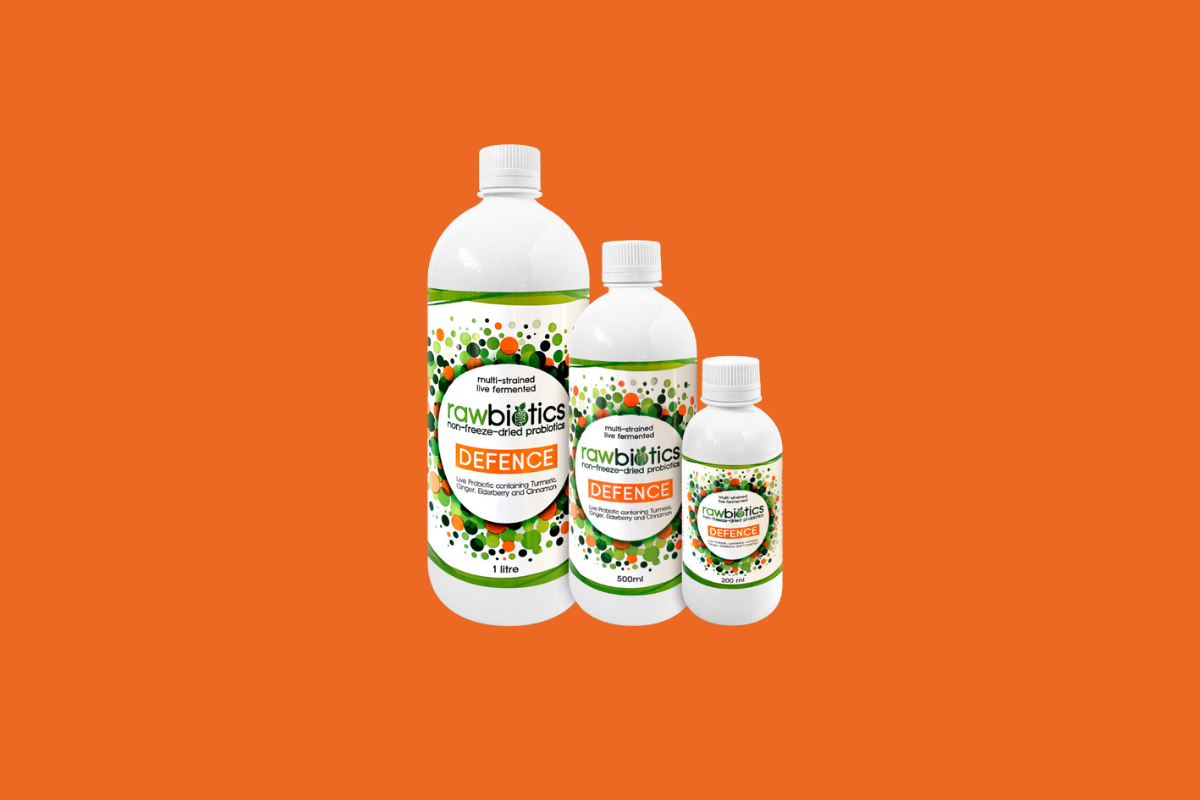
Key Definitions

Introduction

Constituents, Actions & Indications
Constituents
Actions
Indications

Scientific Research

Preparations & Dosage


Safety Considerations
Contraindications
Drug Interactions
Adverse Events

Disclaimer
The information presented in this post is intended as an informational guide. The remedies, approaches and techniques described herein are meant to supplement, and not to substitute for, professional medical care or treatment. They should not be used to treat a serious ailment without prior consultation with a qualified health care professional.
References






